Non-Mendelian Inheritance Study Guide
Introduction
Gregor Mendel, a meteorologist, biologist, and mathematician, was the one behind the structure of Mendel’s laws of Inheritance. Between 1856-1863, Mendel chose pea plants as his subject for the hybridization experiment. After conducting a monohybrid cross and dihybrid cross experiment in a pea plant, he found out about some of the factors which were being transferred to the offspring with utmost stability.
The two experiments later led to the formation of Mendel’s Laws widely known as the Laws of Inheritance, which are:
-
Law of Dominance
-
Law of Segregation
-
Law of Independent Assortment
Non-Mendelian Inheritance
Non-Mendelian Inheritance does not follow the iconic Mendel’s Laws and can be defined as any inheritance pattern that fails to follow one or more laws of Mendelian genetics.
-
Non-mendelian traits are not determined by dominant or recessive alleles. They can involve more than one gene leading to a complex pattern of inheritance.
-
Some traits exhibited blending where the organisms’ offspring had two separate traits from the parent, meaning that certain alleles were not dominant.
-
Non-mendelian inheritance can also be a result of issues in reproduction.
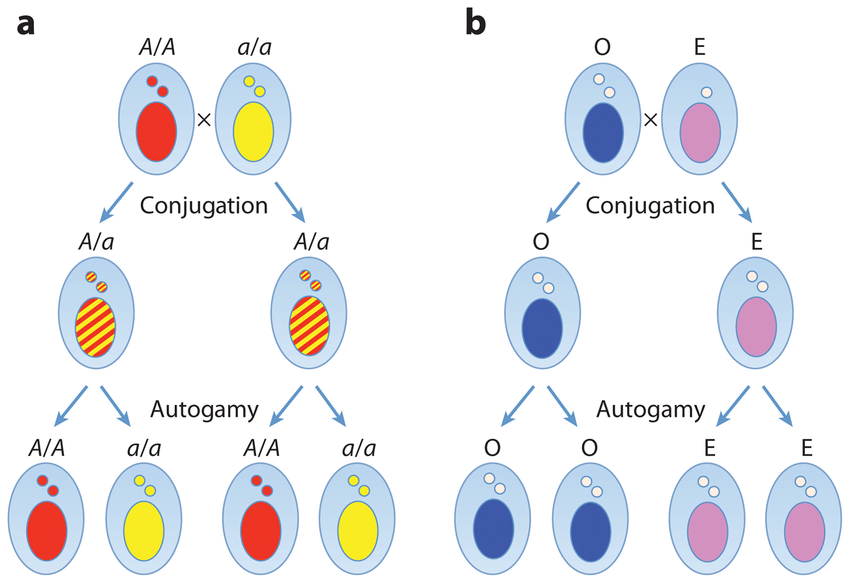
Difference Between Mendelian and Non-Mendelian Inheritance
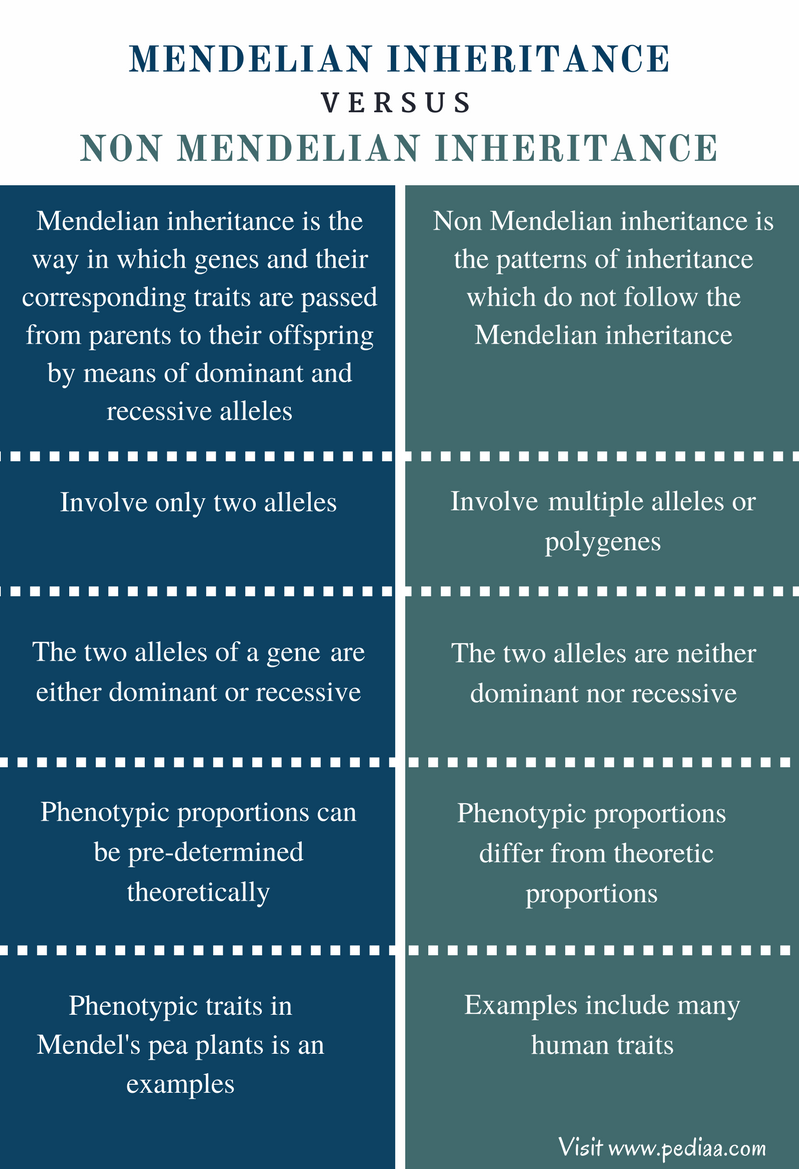
Types of Non-Mendelian Inheritance
Incomplete Dominance
As the name indicates, in this type of inheritance, a single trait isn’t fully dominant, so you’ll see resulting progeny with a mixed phenotype of a recessive and a dominant trait.
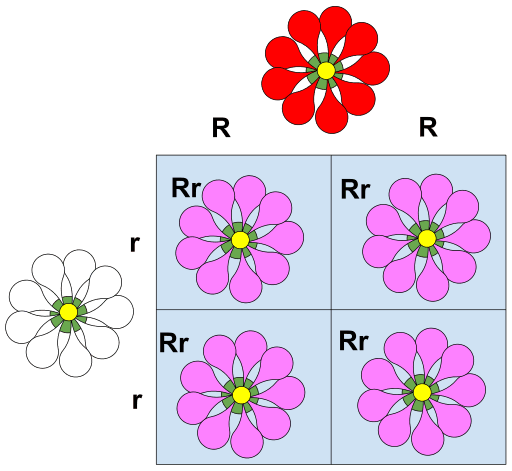
Codominance
The genetic traits expressed in the cases of co-dominance include both of the different alleles that are clearly visible in the phenotype. It’s almost like the dominant traits compete with each other to be represented on the offspring’s phenotype, and they then reach a compromise – both the traits show up on the offspring!

Multiple Alleles
In Mendelian Inheritance, there are only two alleles present for a specific trait. Multiple alleles, on the other hand, are named so because some traits could be encoded by more than just those two alleles. A very easy example of this would be our blood groups! Alleles that encode for our blood groups include A, B, and O.
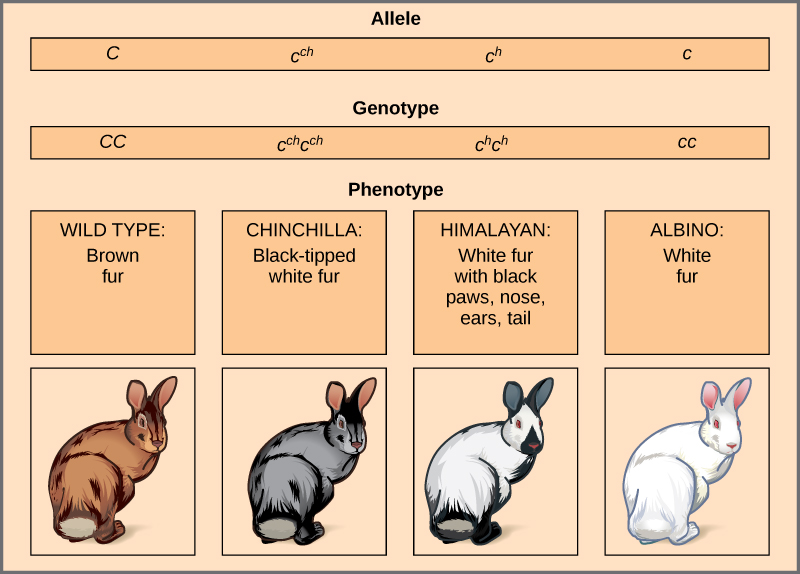
Sex-linked Inheritance
Some genetic traits are located on the X chromosomes as well. Often, some recessive traits that may not show up in females are more likely to show up in males, because males only need to inherit ONE recessive allele on the X chromosome to represent that trait, while females inherit two X chromosomes.
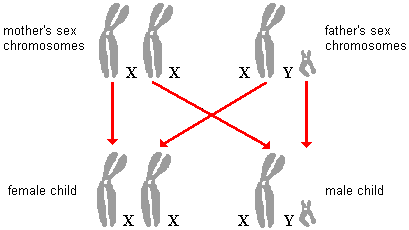
Polygenic Traits
Certain traits are displayed as a result of interaction between various genes. As the name indicates, there is a need for a number of genes to work together for the offspring to show certain traits. Height, weight, skin color, etc are all examples of polygenic traits.
✅ Conclusion
-
Non-mendelian Inheritance does not follow Mendel’s laws of inheritance.
-
The different types of non-Mendelian inheritance are incomplete dominance, codominance, multiple alleles, sex-linked inheritance, and polygenetic traits.
FAQs
1. What is non-Mendelian Inheritance?
Non-Mendelian Inheritance is a form of inheritance where traits do not get cut off with respect to Mendel’s laws.
2. What are the 5 non-Mendelian types of inheritance?
The 4 non-Mendelian inheritance examples include multiple allele traits, co-dominance, polygenic traits, sex-linked inheritance, and incomplete dominance.
3. What is an example of a non-Mendelian trait?
Non-Mendelian traits are described as traits that are not generally moved forward with dominant and recessive alleles. An example of such is height and hair color.
4. What is the difference between Mendelian and non-Mendelian inheritance?
Mendelian Inheritance shows the perseverance of traits about dominant and recessive alleles. In contrast, non-Mendelian Inheritance does not follow the Mendelian Laws at all.
5. Why is non-Mendelian Inheritance important?
Non-Mendelian inheritance plays a vital role in many disease treatments and processes. Because of non-Mendelian Inheritance, offspring can carry the traits of both their parents in a mixed format rather than being identical to them.
6. Why is incomplete dominance regarded as non-Mendelian?
Incomplete dominance is regarded as non-Mendelian because it occurs when the phenotype of a heterozygote offspring is in between both homozygous parents’ phenotypes. A complete dominant allele never takes place there.
]]>
